 GST No. 06ABACS2053H1ZN
GST No. 06ABACS2053H1ZN
 GST No. 06ABACS2053H1ZN
GST No. 06ABACS2053H1ZN

Different Types of Depression- Depression is one of the most common yet unnoticed mental ailment these days. According to recent research, every third person is depressed because of internal or external factors. The worst happens when people lack information about what depression looks like, what causes a person to get depressed, and how to cure it. Along with clinically proven ways, there are natural methods to cure depression. One of the best and the most effective way is to practice yoga for depression.
Before you know how yoga for depression can be a perfect way to heal different types of depression, you should first know about depression. For that, read the following key points.
To put it in simple terms, depression is a mental state where a person goes through sudden mood swings. Most of the time, a person suffering from depression has negative thoughts, a sad or upset mood, and always thinks about bad things in life.
Depression leads to various other mental illnesses such as stress, anxiety attacks, insomnia, and much more. Usually, a feeling of low can lead to feeling upset, sad, or grief. Hence, depression snatches away the capacity of a person to see good in life. The focus of a person suffering from depression always shifts to negative or bad entities in life.
There are various types of depression that you should know about. A few need a clinical assistant. While many types of depression can be cured naturally with the regular practice of yoga for depression. Keep rolling to know about different types of depression.

Also known as classic or unipolar depression, it is a very common type of depression in the US. The symptoms of major depression last for the whole day. This type of depression does not depend on what goes around you. Moreover, there could be no reason at all for a person to experience major depression.
When a state of depression lasts for two years or more, it comes under the category of persistent depression. Also known as chronic depression, it is less intense than major depression. However, a person going through this feels sad most of the time and has lower self-esteem.
A person feeling happy in one moment and extremely sad or depressive in the other might be experiencing bipolar disorder or manic depression. Further, if a person suffers from mania for seven days or less means he or she is suffering from bipolar 1 disorder. A feeling of emptiness envelops a person suffering from this type of depression.
A person suffering from this type of depression loses a touch with reality. It means he or she has entered a state of psychosis. Hallucinations or delusions are the results of this state of being. Thus, hallucinations make a person think and believe in things that are not there in the real life.
This type of depression occurs during pregnancy. Most probably, it comes into existence within four weeks of childbirth. Also known as postpartum depression, this only applies after childbirth. Hormonal changes could lead to such a state of depression.

It is one of the severe forms of premenstrual syndrome. The premenstrual dysphoric disorder can result in physical or psychological changes. Hence, there would be a surge of emotional state that can lead to severe anxiety attacks, depressive thoughts, and much more.
Just as the name suggests, it comes into existence with a change in unfavorable season, most probably winter season. This could lead to suicidal thoughts since the conditions or circumstances in the day are not going according to a persons’ needs. As soon as the spring season breaks, the depressive state fades away.
It changes with every changing situation. A sad or uncomfortable situation could lead to a depressive state of being. Few such events could be the death of a beloved, a serious illness, a physically abusive relationship, or legal troubles. Stress-induced by such situations could lead to depression.
Also Read:- Yoga for Thyroid
It is one of the unusual types of depression. In atypical depression, a person shifts from a happy state to a depressive state. Surrounding situations can also affect the mood of a person. Any positive situation can nullify the symptoms of atypical depression.
How do you know if you are suffering from any type of depression? For that, you should know how to read the symptoms a person is showing. A few symptoms of depression are as follows. Keep reading.

Anything can lead to depression or a depressive state of being. A few of them are as mentioned below.

There have been plenty of reasons for depression. Depression can further lead to suicidal thoughts. Hence, it is very important to heal it. That is where yoga for depression comes into play. The following benefits of practicing yoga for depression can help you heal and permanently get of depression. Keep reading.
Stress leads to anxiety and overthinking. Thus, you easily get affected by situations going or changing around you. Even if something has nothing to do with you, your brain finds a way to relate to different things when you are stressed.
Therefore, practicing yoga for depression improves mental health. You can further practice yoga for stress relief so that you train your brain to remain calm and composed. When you know how to respond to stressful situations, you keep depression at bay.
The way you think plays a huge role in how your life is going to be. People who are always thinking too much give birth to problems that were not even there in the first place. Thinking is crucial to make rational decisions. However, you need to keep overthinking at bay.
When you practice stress relieving yoga, you learn how to keep your thoughts in check. The regular practice of yoga for depression helps you direct your mind in a positive direction. Thus, you learn how to handle changing situations when you practice meditation and other yogic practices.
You might have heard about living in your head. That means you are thinking way too much. It also means that you are not enjoying things that are there in your life.
The practice of yoga for depression helps you become mindful. It means you know how to enjoy what you have rather than crying for what you don’t have. Mindfulness also helps you remain in the present moment rather than thinking about varying possibilities. Therefore, yoga for depression can help you heal your depressive state of being.

It has been seen that people suffering from chronic pain are more likely to be frustrated or depressive. Furthermore, they tend to have suicidal thoughts so that they can be free from every painful memory or reality they are living with.
When you practice various poses of yoga for depression, you witness a drastic change in your physical health. You become more agile, flexible, strong, and mobile. Further, practicing stress relieving yoga helps you sustain the physical changes. Therefore, you enjoy your life rather than feeling sad or depressive.
Holding onto the things from your past can lead to depression. People always wish something would have lasted longer. Therefore, they never come out of their imagination and live in the moment. Similarly, thinking too much about your future can harm your life.
Regular practice of yoga for depression helps you let go of things. Be it memories, expectations, or situations, you learn how to live this moment when you practice yoga for anxiety. Further, letting go releases any engagements from your brain. Hence, your mind gets adequate rest.
Also Read:- Yoga for Stress Relief
How often do you think about changing your perspective? Don’t you think you need to look at things from a different point of view? Sometimes things, circumstances, or situations are not as bad as they might look. All it takes is to change your perspective to see the good hidden in them.
Consistent practice of yoga for depression helps you have a new perspective. Furthermore, you learn how to socialize that boosts your confidence. Moreover, you get answers to questions that were roaming in your mind.
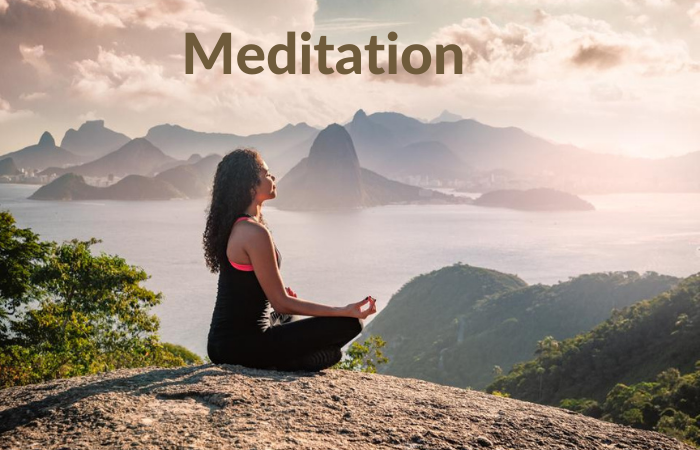
One of the most important and crucial yogic practices to get rid of depression is meditation. Meditation means to be present in the current moment.
There are many ways through which you can practice meditation. One of the most effective and easy is breath meditation. Sitting in a comfortable position and concentrating on your breath is how you can meditate.
Studies show that regular meditation practice lowers brain activity. Hence, your mind gets to rest and stop hopping from one thought to the other.
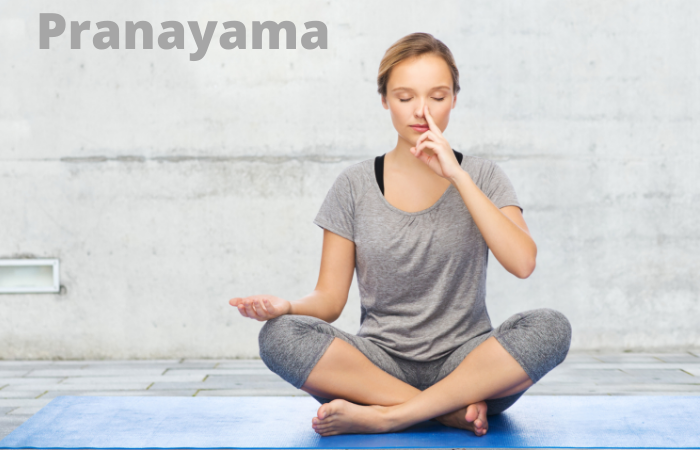
Breathing is a non-voluntary activity going in your body. However, you are not using the full capacity of your lungs. Further, breath is also known as ‘prana’. Therefore, practicing pranayama fills your body with ‘prana’ energy that you can use for daily activities.
There are different types of pranayama techniques. The most common exercise of yoga for depression is to breathe in through your nose and hold for a few seconds. Then release the air through your mouth.
Also Read:- Yoga for Weight Loss
Conscious breathing makes you aware of your body, breath, and actions in the present moment. Therefore, you learn to bring your attention to different reactions or responses done by your body.
You must be thinking about how can you practice yoga for depression. If you are a complete beginner, you can start with the following beginner poses for yoga for depression. Read on.
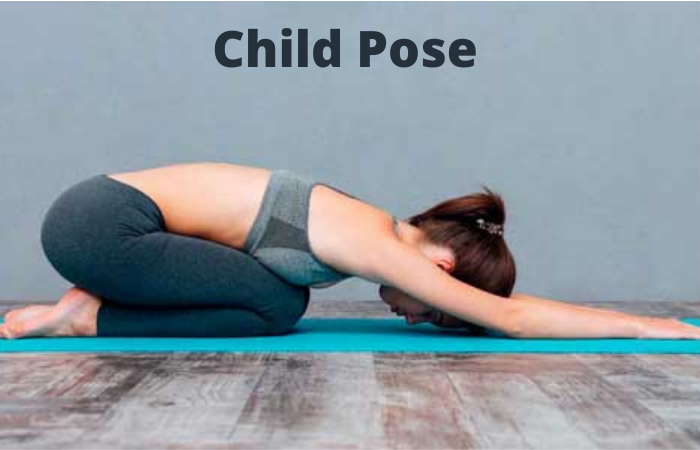
One of the best poses of yoga for depression to relax your mind is the child’s pose. Sitting on your shin bones removes fatigue and stress from your legs. Further, it stretches and decompresses your spine. If you want to stretch your hip muscles, you can bend forward.
Touching your head to the ground in front of you helps you relax. It also pushes your lungs to try harder to pump air into your body. Hence, you pull your brain from other activities and relax completely.
Also Read:- 3 Best Yoga Poses To Cure Diabetes
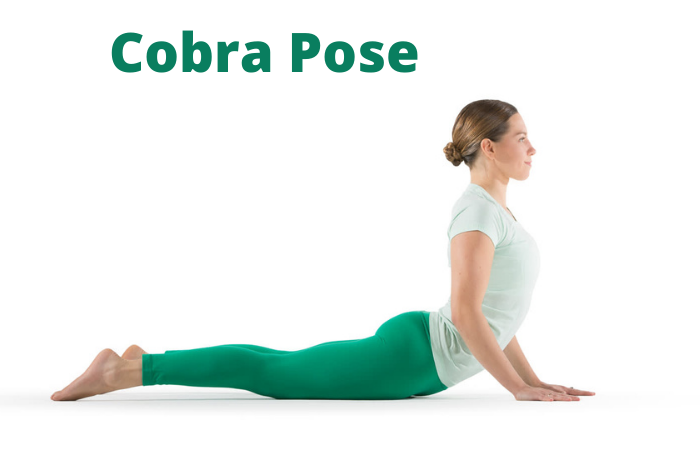
To stretch your spine, you can practice the cobra pose. Balancing your upper body on your arms increases the strength in your biceps, triceps, and wrist. Moreover, the upward arc in your spine increases the range of motion of the smaller vertebrae in your backbone.
Hence, it perfectly works on your body. When you breathe deep while practicing the cobra pose, you use your mind to focus rather than wander places.
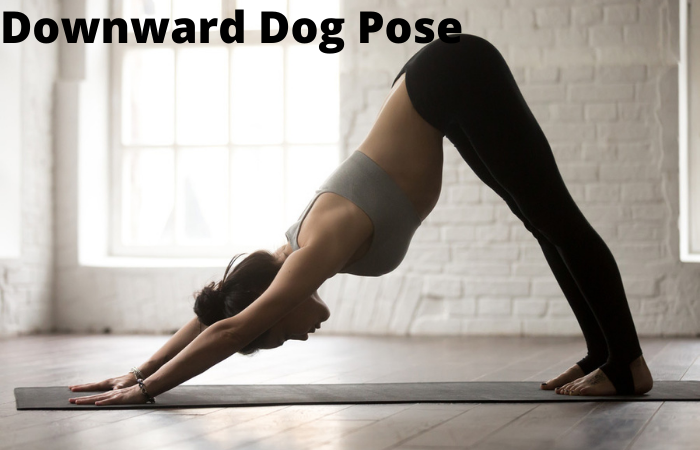
A perfect pose of yoga for depression to work on your overall body. Be it your spine, arms, legs, or core, the downward dog efficiently improves the strength and agility of every body part. Raising your hips in the air, you work on your shoulder muscles.
Hence, a regular practice of this pose improves your scapula contraction and retraction. Therefore, it increases the range of motion of your shoulders. Thus, you remain away from any shoulder injuries.
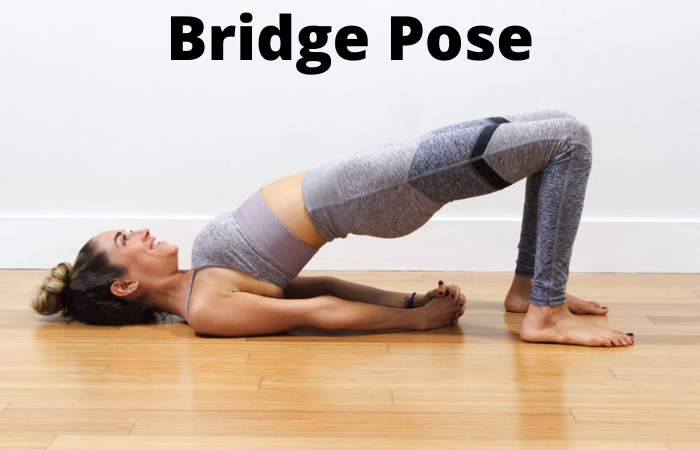
To strengthen your lower back, thighs, and hips, you can practice the bridge pose. Further, the bridge pose massages your neck muscles. For the easy practice of the bridge pose, you can tuck your neck to your chest.
It relaxes your mind and central nervous system. Thus, it is a perfect pose of yoga for stress relief.
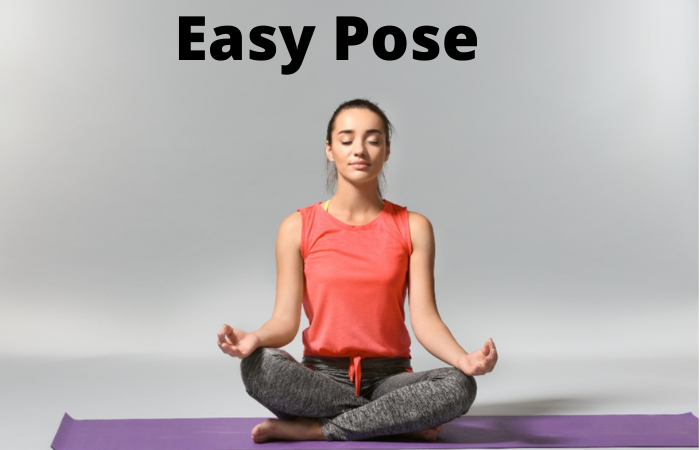
When you want to focus on your mind, the easy pose is a perfect choice. Just sit comfortably with your legs crossed and place your hands over your knees. Bring your attention towards your breath. You can also visualize fulfilling your life goals. Hence, it recharges your mind.
Moreover, sitting in the easy pose helps you observe thoughts going on in your mind. Thus, you know which thoughts should be given more preference. Therefore, you are always in a neutral state unaffected by your thoughts.
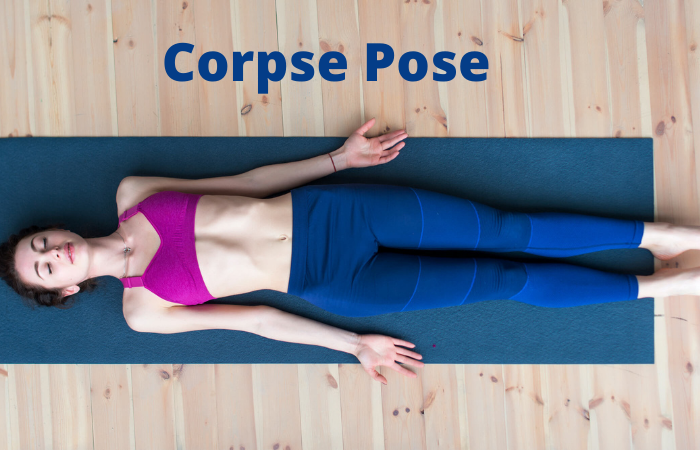
Want to consciously improve your sleep cycle? If yes, then practicing the corpse pose is a perfect pose of yoga for depression for you. Simply lie on the ground and close your eyes. Feel the different sensations of your body. It helps you connect better with your mind and body.
Wrap Up
Depression can turn your personal and professional life upside down. Therefore, you must get rid of this mental ailment before it ruins your balance of life. Hence, yoga for depression can serve you the best under any circumstances.
Further, you learn how to control your mind and live a happy and wholesome life.
Read More:- What Is Yoga Alliance and Why it is Necessary